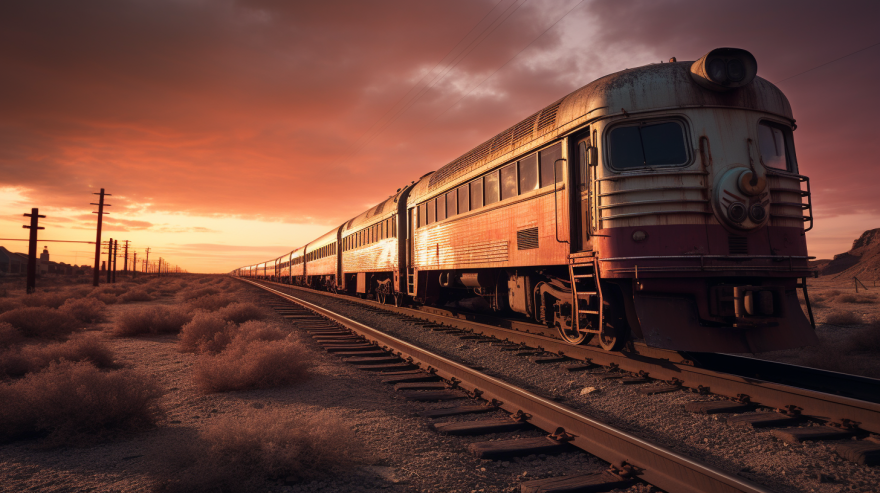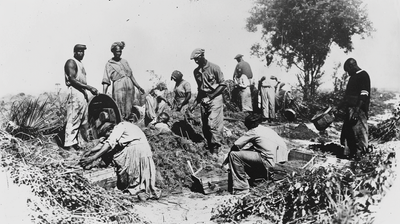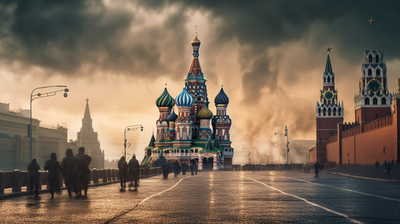America’s trains are old, slow, and hardly run on time. This was not always the case, and it isn’t the case in most of the rest of the developed world. We will talk about America and high-speed rail, or rather the lack of it.
Several years ago, I wrote about Rails to Trails as part of a sponsorship program. This program takes abandoned railways and turns them into biking and walking trails. They restore some of the old bridges, and they are working on creating a biking/walking trail using these old railways from coast to coast. Often these railways go to places that no longer have or need rail service. They were historical artifacts of a time in the U.S. when most towns and cities were accessible by train because it was the primary way to get around if you had to go very far. In the 19th century, we built rail at an accelerated rate and right after the Civil War turned around and joined East and West together by 1869. One hundred years later, passenger rail was on its last legs. Part of that was the advent of the automobile, but the natural rail killer was the airplane. However, thanks to the expense and misery of air travel, the demand for rail is back.
However, regarding railroads, one topic remains in the national consciousness: why doesn’t the U.S. have high-speed rail like China and Europe? Why are we turning railway right of ways that might form the basis of a new rail network into biking trails when we need effective alternatives to driving and flying? America had a tortured relationship with mass transportation in the 20th century.
It’s not like the U.S. doesn’t have rail service, it does, but as I said, it’s old and unreliable. We have Amtrak and rails; we don’t lack the technology to build these trains, so what’s the hold up on high-speed rail?
Amtrak
The federal government nationalized the passenger rail system in 1971 because air travel had supplanted passenger train travel as the primary form of long-distance transportation, especially for business travellers. Tourists and people who couldn’t afford to fly weren’t keeping the service profitable, and rather than end all passenger rail service; the federal government created Amtrak.
So far, as far as fast rail goes, Amtrak runs one corridor in the northeast called the Acela. It is not the European-style high-speed rail that you’re thinking of either. The top speed of the route is only 110 miles per hour and only during certain sections. The fences are old; the tunnels are often from the 19th century and narrow. They, too, are falling apart. The Acela is an essential link between Boston and Washington, D.C. It is a reliable commuting rail between the cities, but it is limited in scope and destinations and is still a victim of frequent breakdowns and troubles with the line.
Amtrak has struggled to make money, run anywhere on time, and do much of anything. Under the Biden administration, things have finally begun to turn around with some decent investments thanks to the Infrastructure bill passed last year, which will open new rail corridors and update America’s rail system, but it isn’t enough. We would need to invest much more for the U.S. to have European-style rail.
On social media, maps of a high-speed rail system have spread around. I’ve posted about them in the past on The Cameron Journal and other publications. It’s an excellent idea but is very expensive, and there’s the simple fact that air travel is still faster, especially on long routes. So where can trains excel?
Too long to drive, too short to fly
One of the struggles with rail service in the U.S. is that our country is vast. Most people who haven’t travelled throughout the U.S. extensively don’t understand how extensive this country is or how far apart everything is. That is one of the challenges of mass transit and high-speed rail. One of the sweet spots where rail can beat air travel is when it’s too long to drive but too short to fly. There are several routes where rail can get the job done. Florida is an excellent example of this. Brightline in Florida is a privately owned company creating high-speed rail service between Florida’s major cities and doing the sweet spot of too long to drive but too short to fly, which is valid for connections between South and Central Florida.
The golden triangle in Texas (Austin, Dallas, Houston) is another area where rail travel is an ideal solution to move people quickly. In the Pacific Northwest, heavy commuter rail is already a popular option between Vancouver, Seattle, and Portland.

Mass Transit is Expensive
Building a high-speed rail system would be no small undertaking. It would take the same vision as making the interstate system (which has a stand-alone article), and it would take coordination across various states to acquire land, upgrade existing rail, and possibly separate freight and passenger rail at certain points. There are three specific reasons why building national high-speed rail or any mass transit project is so expensive.
One ongoing discussion is why railways are so cheap in Europe and why it is so expensive in the U.S. There are a few factors at play.
Land
Many people talk about how China has built 8k miles of rail in the past decade. That’s great for them, but we can’t just take folk’s land; we can, but we must pay for it. That’s usually the most significant expense of any mass transit project. There are also environmental reviews and neighbourhood hearings.
Construction cost
They are more expensive in the U.S. than in Europe, and no one is sure why other than that construction companies are soaking the taxpayer. Much of the additional cost is in regulation and dealing with local stakeholders. Also, as a mature country, getting new lines through existing areas requires buying out people, buying up land, and that can end up being a protracted legal process which adds on an additional expense before a single shovel full of dirt is moved.

Equipment
The last bit you must buy is all the rolling stock; almost none is made in the United States. Most of it is made in Europe or Asia (for obvious reasons), meaning it must be built, endlessly tested, and shipped at great expense to its final destination. Promoting domestic manufacturing would significantly reduce costs and speed up the process of bringing new trains online.
Why We Need National Rail Service
America once had a well-developed rail service, and we spent the 20th-century making room for cars and personal transportation, and now there is a new push to return to trains as a way to move people cheaply and quickly. Various maps often float around, showing what kind of high-speed rail networks the United States could have already developed. There are plenty of routes where air travel isn't even profitable, and rail travel would be far better. Regional airlines are notorious for struggling to make money, but trains would have no such burden, especially in a national system. Rail and transit boosters constantly promote the idea that rail service will be cheaper, somewhat faster, and more efficient. If we spent the 20th century pulling up rails to make room for cars, it looks like we'll be spending the 21st century putting them all back to get people out of their cars.
Environmental Concerns
This is a big part of we are serious about reducing car travel and emissions. More people can be moved with the same pound of energy than by car or by air. Some people, especially on social media, point out that part of reaching climate goals is decarbonizing transportation, and electric trains already exist and are more efficient than cars. Mass transit, especially trains, can reduce city pollution and improve air quality. Because they are connected to the grid via old-fashioned wires, they don't have the impacts of mining for batteries that electric cars do.
Expense
Building a national rail system is many things, but cheap is not one of them. It will be a significant investment, just like making the transcontinental railroad. However, rail journeys on specific routes would be cheaper than flying. Brightline in Florida is already proving this with new trains going up and down the Florida coast on routes where flying isn’t practical but driving is too long and tedious. Compared to Europe, building mass transit in the US is primarily expensive because we don't do it regularly, and we have piles of regulations and community hearings that take time and bog down the process.
Convenience
This is an area where Amtrak could do well by expanding its auto-train service. You can take your car on the train to Florida on the east coast. SSnowbirdsuse such a service. This could be an idea to get people off the interstate and onto trains without worrying about transportation on the other end.

Trains also can avoid airport security, bag checks, and all the nickel and dimming fees the airlines put folks through. It could also fill in routes that airlines can’t fly profitably, solving two problems simultaneously. An excellent high-speed rail system would also need to connect with local transit systems so that people could transfer from inter-city rail to regional commuter rail and regional transit systems and use auto rail.
Final Thoughts
There is a great promise of high-speed rail in this country. As the airlines prove unreliable and costly, the calls for high-speed rail will grow. That is one of the things that the internet has done. It has shown Americans that there is another way to live. Do I think trains can replace cars entirely? No, but they can be a great option on some routes.






